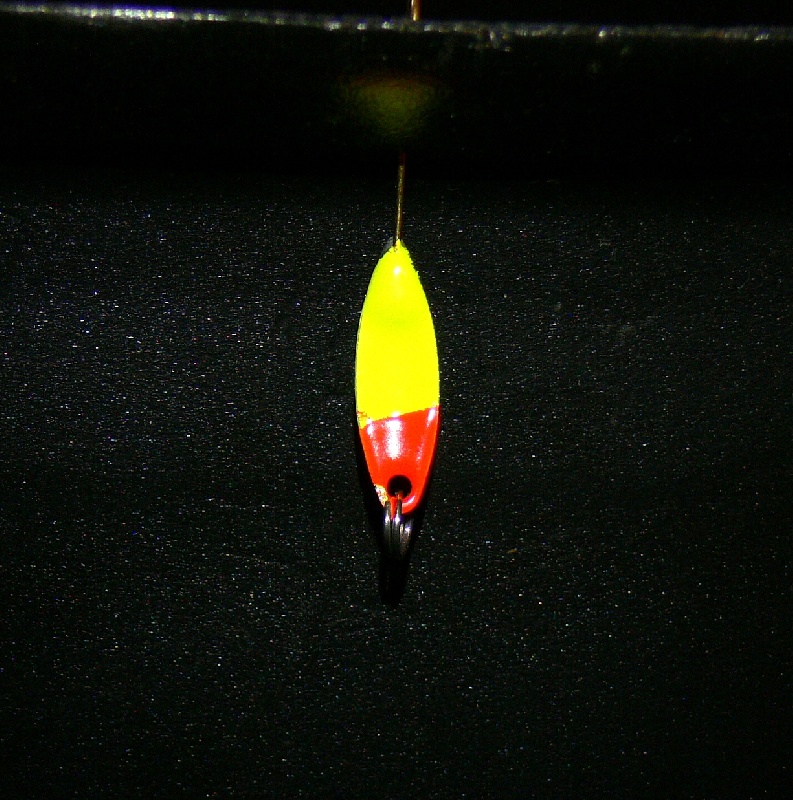

07940) to anyone wanting to give them a test before the shad run ebbs. The Flutter Fly is not yet available in local tackle shops but Punola will send two of them postpaid for $4.95 (John Punola, 210 Central Ave., Madison, N.J. Flyfishermen should remove the ring on the end of the lure, then tie it to a 5-foot monofilament leader attached to 7-weight line, Punola suggests. Punola advises spin-fishermen to attach the spoon to the line followed, 16-20 inches above, with a quarter- or eighth-ounce keeled sinker. The dimpled spoon is larger than the regular shad spoon but the most notable difference is the addition of maribou and fluorescent tinsel on and beyond the long-shank hook.

“Orvis has gone overboard for this lure and we have supplied them with huge quantities.” “I wanted to develop something for my flyfishing friends as well as the spincasters,” said Punola. Punola, author of numerous guides to the Delaware River and other waters and a regular on the local speaking circuit, calls his lure the “Punola Flutter Fly.” This week I also received a sample of John Punola’s new creation which he says caught “well over 200 shad and nearly as many smallmouths” last year. You’ll also find all-gold and all-silver “flutters.”

The backs of the lures are either of gold or silver. The chartreuse and gold seems to hold the most favor (among fishermen, not necessarily fish) although varied fluorescents of blue, red, pink, green and even the basic red, white and blue are available. I bought a few spoons last week and it was a toss-up as to which color to pick. Darts, like everything else, have gone up in price in recent years but are still cheaper than spoons at most tackle shops. However, losing a spoon costs about two bits more than losing a dart. In talking to shore-based anglers who fish the elongated, multi-colored spoons, most indicated fewer snags than with the rock-bouncing darts.


 0 kommentar(er)
0 kommentar(er)
